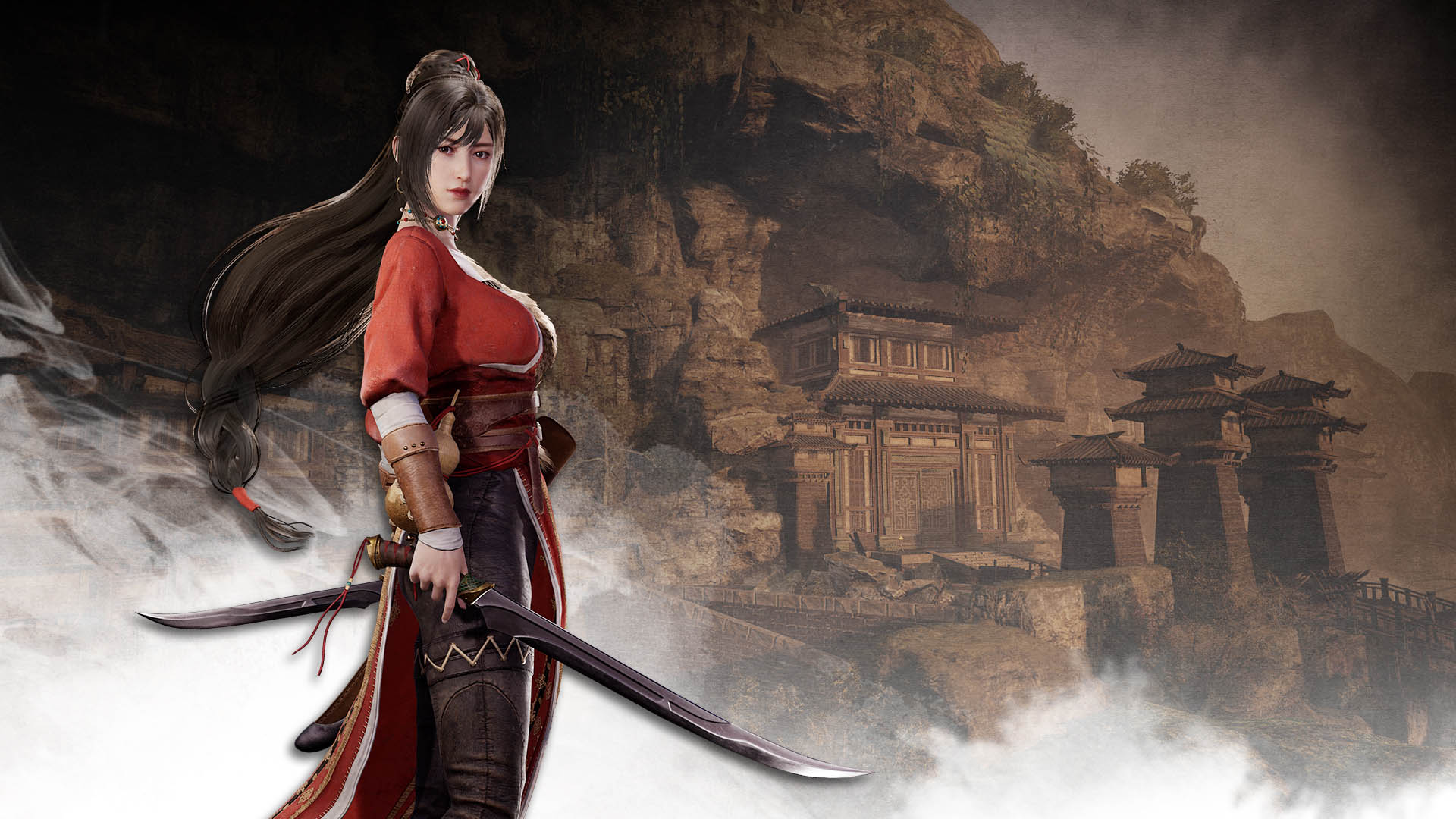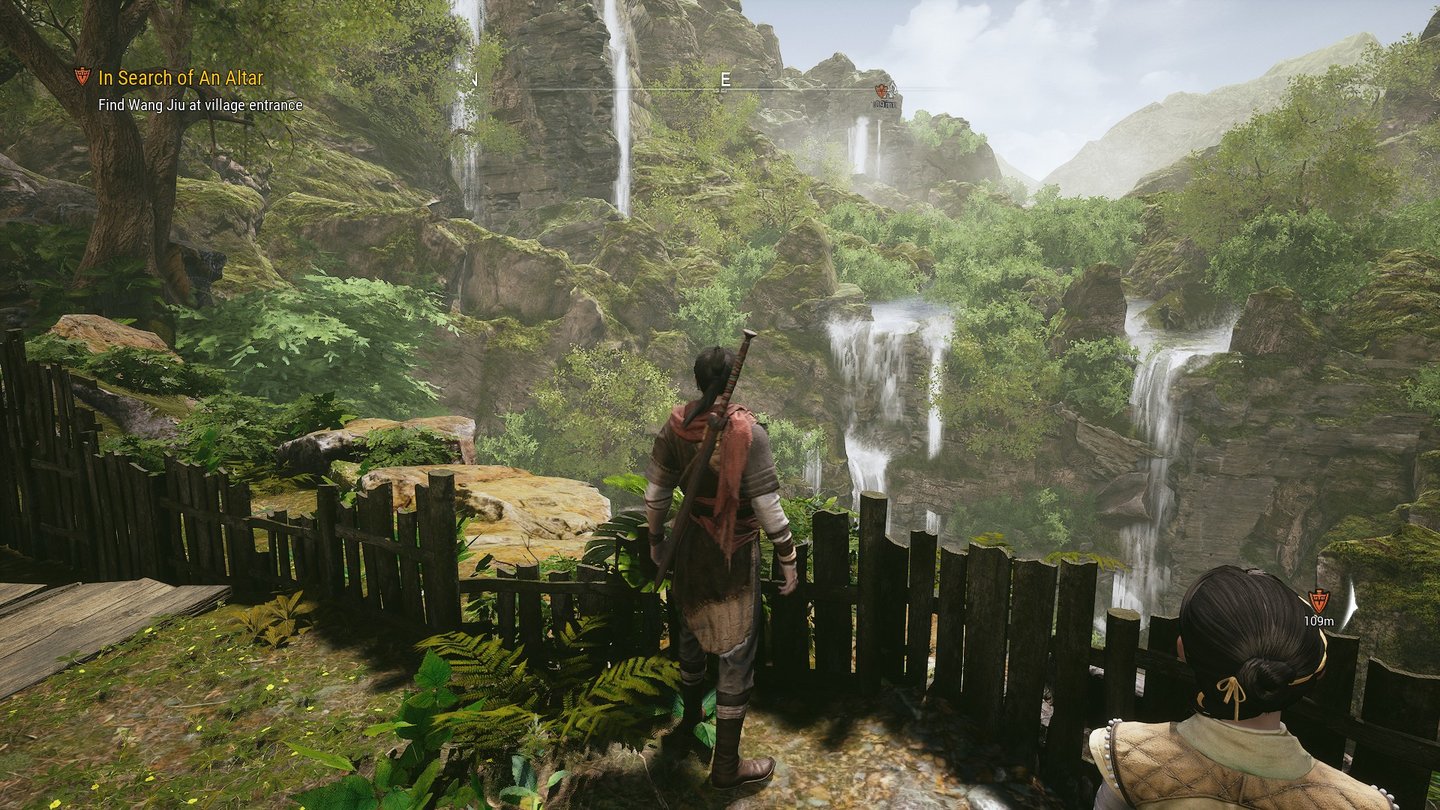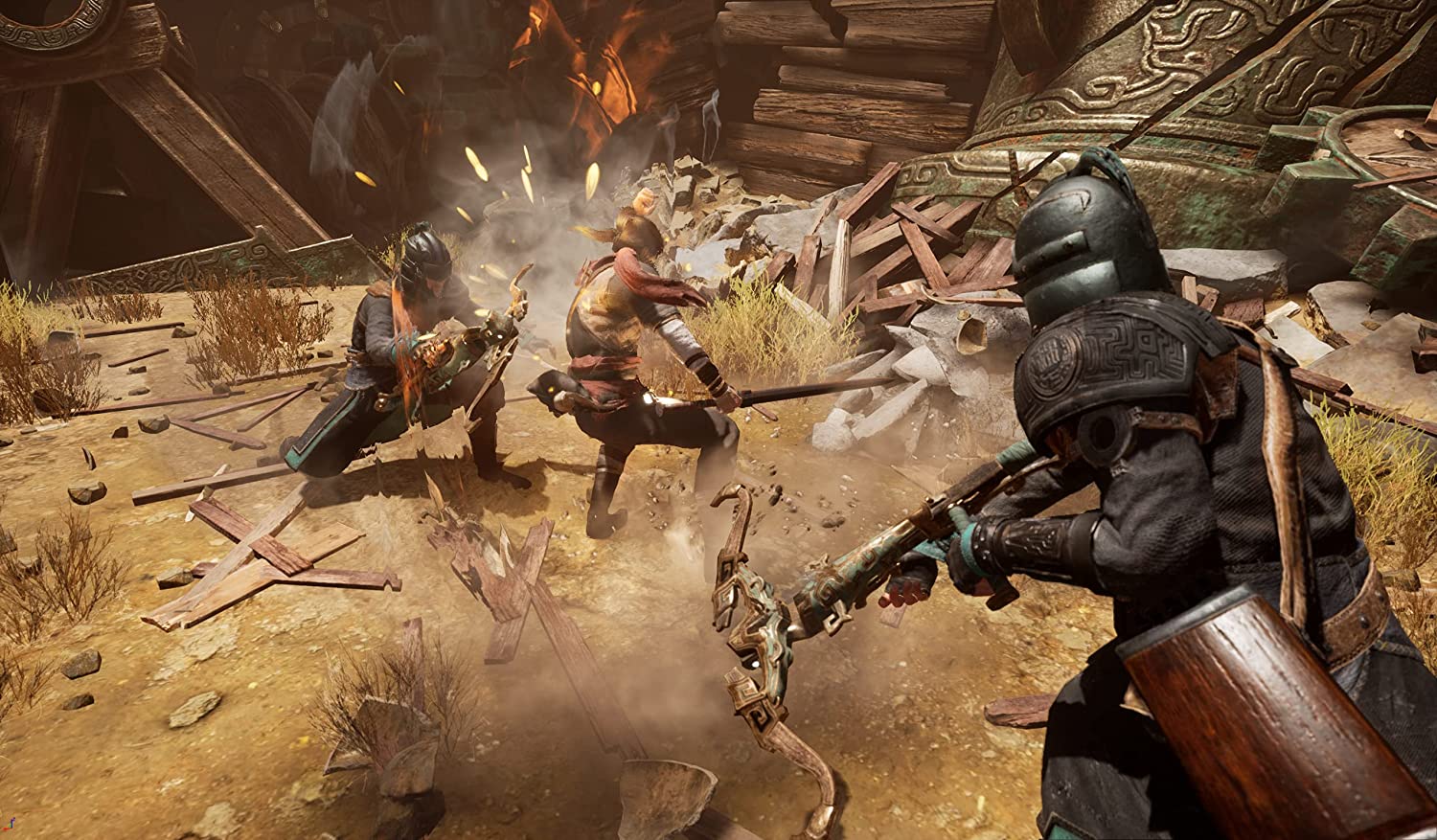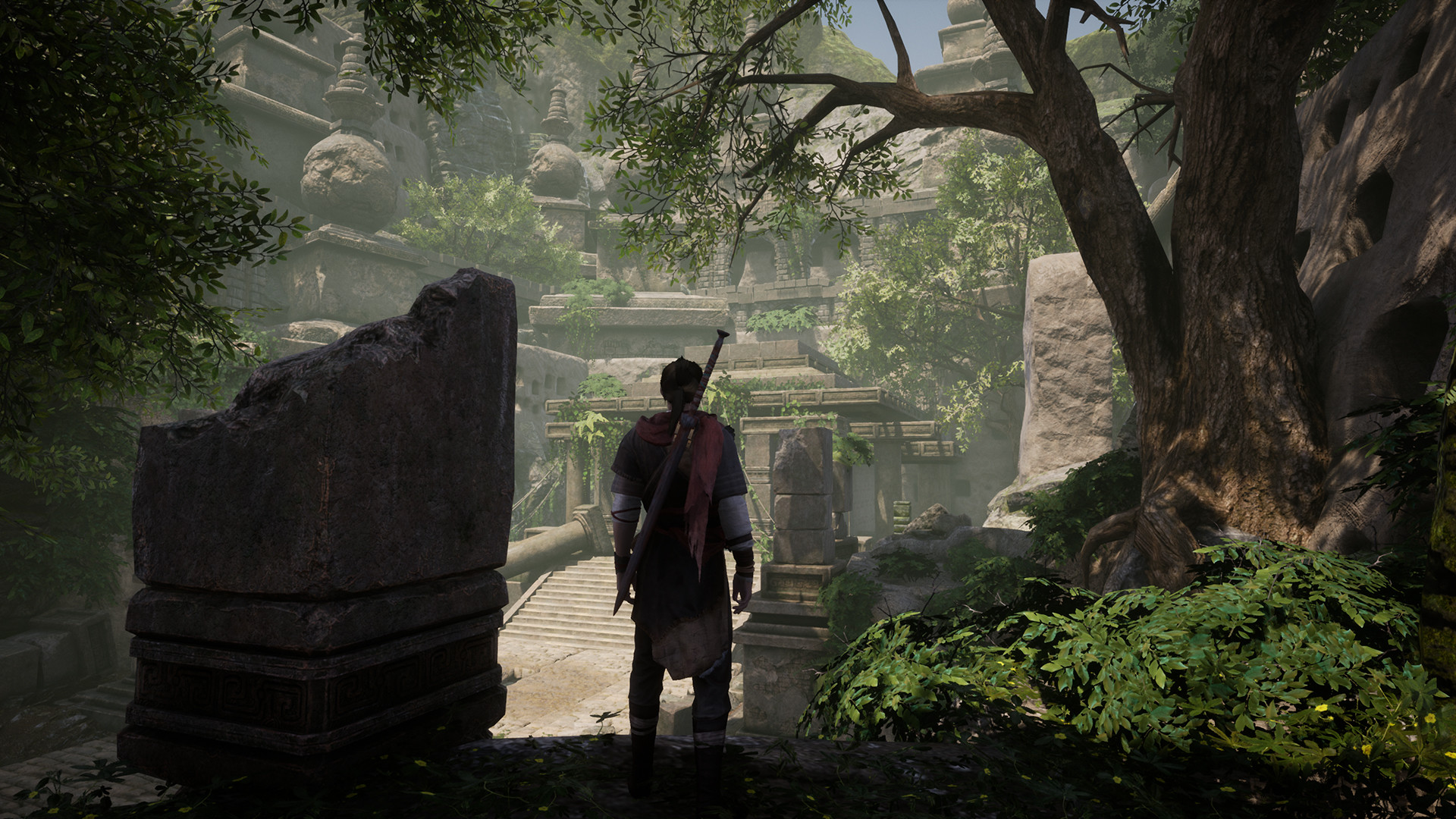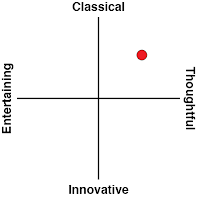Xuan-Yuan Sword VII is exactly why I am glad that Taiwanese game development is becoming as robust as it is, and the involvement of EastAsiaSoft in this global release is an incredibly positive development. I first played Xuan-Yuan Sword VII when it was released in English in Hong Kong – I bought credit for the Hong Kong PlayStation store, and dutifully downloaded it. I enjoyed the experience a great deal, but it had rough edges, particularly in the localisation (currently a common complaint for many otherwise excellent games originally developed in a Chinese language). EastAsiaSoft undertook a complete edit of the game for the global release, and it makes all the difference.
Xuan-Yuan Sword VII doesn’t have the most complex narrative, but the narrative is core to the experience, so that translation, and how comfortably readable it is, matters. Especially given that it’s highly culturally specific and there’s likely a few concepts in there that many of us in the west won’t be so familiar with.
The key one is Mohism. The philosophy of one Mo Di, or “Mozi” is one of the oldest formal schools of philosophy that we know of, and while we don’t necessarily study it out here in the west, it explains a lot about Chinese spiritual and intellectual thought. Key doctines of Mohism include the condemnation of aggression, that people should “identify upwards” to the good example set by social and political superiors in informing their moral guidance, and that luxuries and frivolities should be limited, so that resources not be wasted and the “common people” don’t go without. Does all this sound familiar? Buddhism is big on a lot of this.
And so when we set out on a quest to find a society of reclusive Mohists to save our mortally wounded sister at the start of Xuan-Yuan Sword VII, the game is speaking, in many ways, to the very foundations of Chinese identity. Yes, some of the cut scenes are a bit stilted (early on the game tries to “sell” a major battle between humans and monsters and lands spectacularly flat on its face), but the underlying ideas and purpose of this journey are richly realised and an excellent introduction to Mohist thinking. For instance, within the game, the villains and corrupt are aligned with the Mohist’s understanding of villainy and corruption, and all of this is quite refreshing. So often with video games the idea of villainy comes from western thought. That’s true even with Japanese games, given that Japanese thinking is, these days, more closely alligned with western thought. Taiwan, however, is a stridently different culture for various social and political reasons, and so this Taiwanese RPG, while travelling over the same broad structure of an RPG or JRPG, is refreshing – and intriguingly – its own, different, thing.
Naturally, I recommend that you go and actually play the game first, but after that, there’s a worthwhile summary of Mohist philosophy here that will help you understand what the game is driving at at a deeper level. I freely admit that I’m no scholar of Mohism. This was all new to me the first time I played Xuan-Yuan Sword VII and if I’m being honest, as much as I was interested subsequently, I just haven’t had the time for learning much more about it. I will, though, now that I’m aware of it, and I’m quite certain that a lot of people will be in my position. While I’m drumming a familiar beat here, I do like it when games have an inherent quality that makes you want to learn something new and valuable. Xuan-Yuan Sword VII can act as a catalyst there.
As a game, I really admire what the developers have done with Xuan-Yuan Sword VII. Though they were clearly working on a lower budget than the blockbusters, rather than be too ambitious they focused on flow, aesthetics, and refinement, and Xuan-Yuan Sword VII delivers all of that. The game is intensely linear, being broken up into corridor-style environments that end in either towns or dungeons, with another corridor-style funnel to the next region coming thereafter. There is a dearth of side-quests, or reasons to go back to areas previously explored, so Xuan-Yuan VII is a neat experience that avoids wasting player’s time (with the exception of a “Chess” mini-game that is all kinds of compelling in its own right).
The action, meanwhile, is fast and frenetic, and once you understand the importance of “capturing” enemy souls at the moment of their defeat, as well as how to activate and use your companion abilities, there’s a nice flow to it. I found that for the most part the best strategy was to be nimble and dart around, rather than try to get toe-to-toe in combat with enemies, but there was enough variety in the enemies and boss battles to keep things interesting. Combat is backed up with some surprisingly complex puzzle design, and blessedly the developers do give you the option of skipping puzzles if that’s not your idea of a good time.
If Xuan-Yuan Sword VII has an issue, it’s that it’s a little timid to throw its own ideas out there. Just about every feature within the game suggests a creative team that certainly understood how to interpret other popular action RPGs, and an earnestness to capture their quality, but little willingness to try anything of their own. With that being said, given that the narrative is different by virtue of the different culture it came from, the gameplay does avoid becoming tiring or trite, so the derivative gameplay systems are less of an issue here than they might be in other titles.
Finally, the developers made the most of their art budget. The more focused nature of the game allowed the team to fill every environment with rich and vibrant colours, and make sure that each character is meticulously detailed. There are some slight issues with clipping here and there – hands passing through cloth or hair, for example, but when you’re down to nitpicking that for a “B-grade” game you know that the team had a very talented art team. Again, there is an element of the derivative in the enemy design – we’ve more-or-less seen all these beasties and baddies before, but that doesn’t stop them from being gorgeously rendered. If only the developers had understood the value of swimsuit DLC… just kidding.
Really, the only technical issue I have is that, with no English language option (not an issue in itself), we have to rely on subtitles, and very rarely, the subtitle text can be lost on the background. It’s never long enough to lose the meaning of what’s going on, but it’s never a pleasant experience to squint to try and see text.
Xuan-Yuan Sword VII is an exceptional game, and a compelling example of how Taiwanese RPGs will be able to add to the narrative and thematic depth of the genre as a whole. The gameplay might be a little derivative, but that narrative, coupled with the gorgeous art and refined gameplay, make this one that you shouldn’t let slip under your radar.
